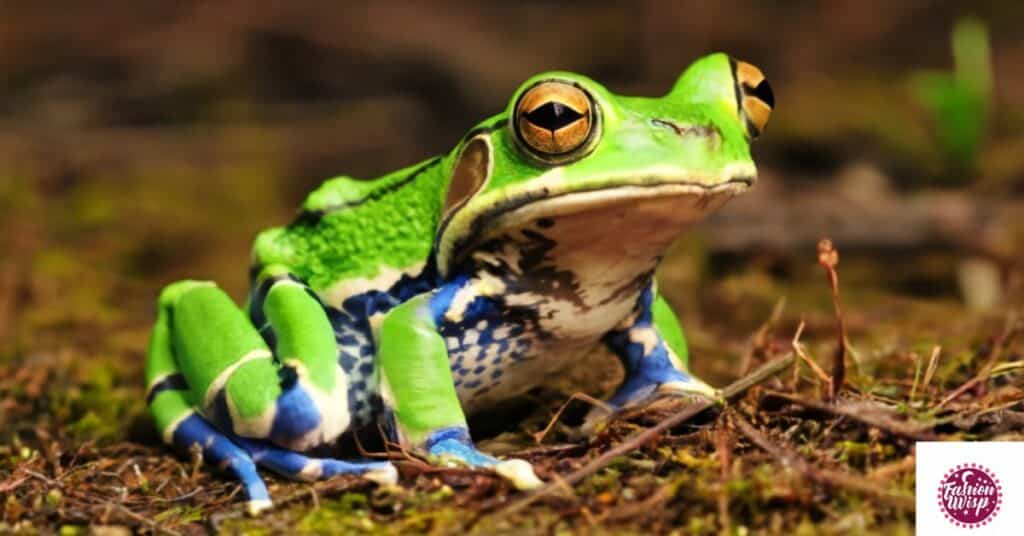Curious about the footwear of amphibians, Dive into the whimsical world of frogs and their fashion choices. Ever wondered what kind of shoes a frog wears
Prepare to hop into a delightful adventure as we explore this quirky question. From lily pad lounging to pond-side promenades, discover the stylish secrets of frog footwear. Get ready to leap into a fun-filled journey where even the smallest creatures have their own sense of style.
Exploring Frog Habitats
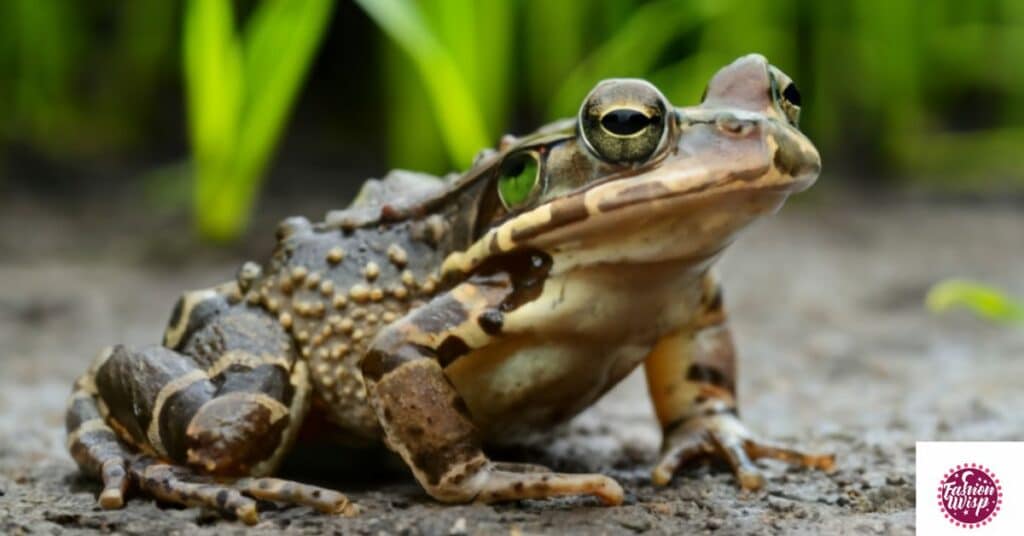
Frogs inhabit a diverse range of environments, from lush rainforests to arid deserts, showcasing their adaptability to various ecosystems. They can be found near bodies of water such as ponds, lakes, streams, and rivers, where they lay their eggs and hunt for food. Additionally, frogs thrive in forested areas, where they seek shelter among vegetation and utilize fallen logs and leaf litter for protection.
Certain frog species have also adapted to urban environments, occupying man-made habitats such as gardens, parks, and even drainage ditches. However, habitat loss and pollution pose significant threats to frog populations worldwide, highlighting the importance of conservation efforts to preserve their natural habitats. Understanding the diverse habitats in which frogs reside is crucial for their survival and for maintaining the ecological balance of their ecosystems.
Lily Pad Life: Discussing the typical habitats of frogs
Lily pads are vital components of frog habitats, found in calm freshwater bodies like ponds and marshes. Serving as platforms for hunting and basking, they offer frogs essential shelter and breeding grounds. However, these habitats face threats from pollution and habitat destruction, highlighting the urgency of conservation efforts to safeguard frog populations.
The environments where frogs are commonly found
Frogs are commonly found in diverse environments such as forests, wetlands, and urban areas, where they seek moisture and vegetation for shelter. Bodies of water like ponds, lakes, and rivers serve as essential breeding grounds for many frog species. Despite their adaptability, habitat loss and pollution remain significant threats to frog populations globally.
Read This Blog: How Much Is Fashion School?
Anatomical Considerations
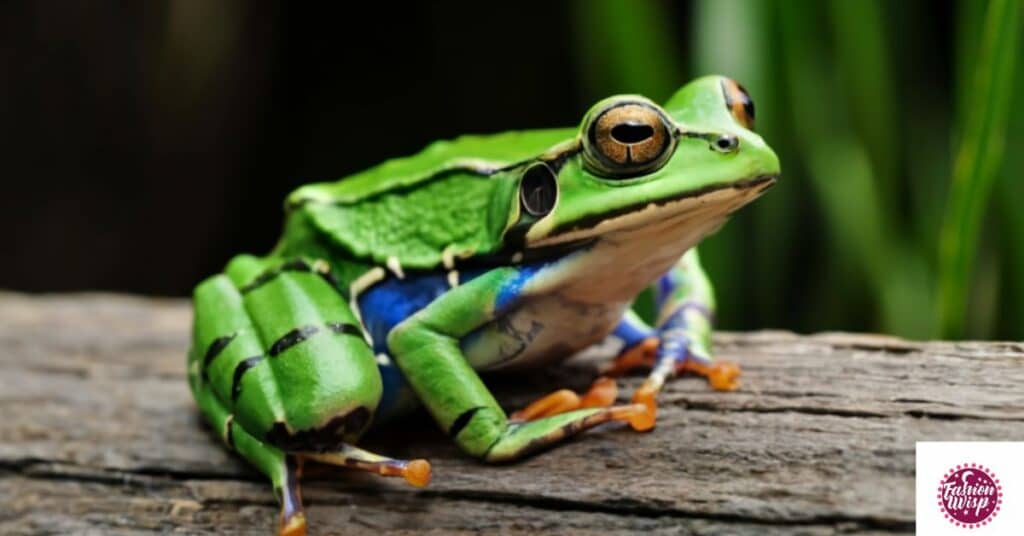
Anatomical considerations shed light on the remarkable adaptations of frogs to their environments. Their unique feet, featuring webbed toes and specialized pads, are finely tuned for both aquatic swimming and terrestrial locomotion. Additionally, frogs’ muscular hind legs provide them with powerful jumping abilities, essential for evading predators and navigating diverse habitats.
These anatomical features are a testament to frogs’ evolutionary success and their ability to thrive in various ecosystems worldwide. By understanding the intricacies of frog anatomy, scientists gain valuable insights into the ecological roles and survival strategies of these fascinating amphibians.
Understanding the unique structure of frog feet
Understanding the unique structure of frog feet unveils the secrets behind their remarkable abilities. With webbed toes perfectly suited for efficient swimming, frogs navigate aquatic environments effortlessly. Meanwhile, specialized pads on their feet provide grip and stability, facilitating movement on both wet and dry surfaces. These adaptations reflect frogs’ evolutionary success and enable them to thrive in diverse habitats worldwide.
Exploring how frogs use their feet for various activities
Exploring how frogs use their feet for various activities unveils the versatility of these amphibians. Their webbed toes enable efficient swimming, propelling them through water with precision and speed. Additionally, frogs utilize their specialized pads for gripping surfaces, aiding in climbing, jumping, and stability on land. These adaptations allow frogs to hunt for prey, evade predators, and navigate their habitats with remarkable agility and effectiveness.
Also Read This Blog:I Fear No One, But Respect Everyone. – Tymoff
Imagining Frog Footwear
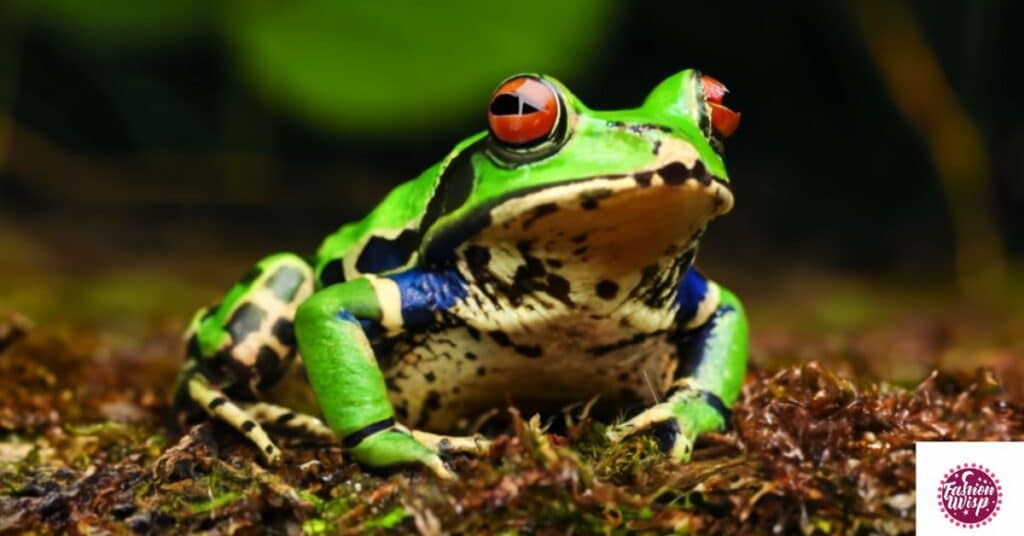
Imagining Frog Footwear ignites creativity in envisioning the fashion choices of these amphibians. Design concepts may include lightweight, water-resistant materials to mimic their natural webbed feet. Innovative features such as anti-slip soles and cushioned pads can enhance their agility and comfort.
Considering the practicality of Frog Footwear prompts discussions about functionality versus fashion. It’s crucial to prioritize designs that align with frogs’ biomechanics and behaviors. Ultimately, imagining Frog Footwear offers a creative outlet to explore the intersection of fashion and nature.
Considering potential shoe designs for frogs
Potential shoe designs for frogs may include lightweight, water-resistant materials mimicking their webbed feet. Features like anti-slip soles and cushioned pads enhance agility and comfort, promoting well-being in various habitats. These designs balance functionality with style, embracing the whimsy of frog fashion.
The balance between functionality and fashion in frog footwear
Balancing functionality and fashion in frog footwear requires designs that prioritize mobility and comfort. Incorporating aesthetically pleasing elements adds flair to frog fashion without compromising utility. This ensures footwear enhances agility and well-being while celebrating frogs’ unique style in their natural habitats.
Real-world Examples
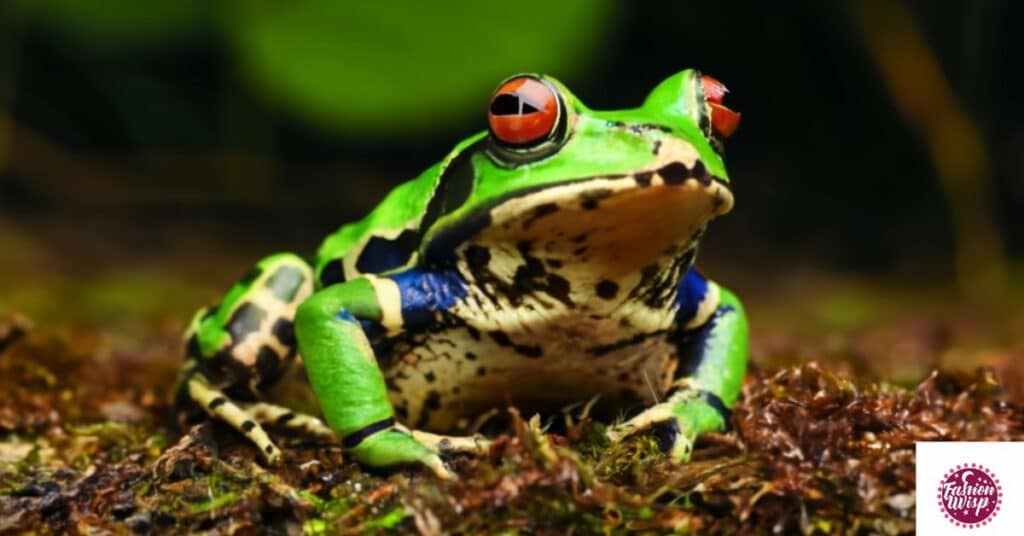
Real-world examples demonstrate frogs’ remarkable adaptations. Some, like the Wallace’s flying frog, glide through forests with webbed feet and skin flaps. Others, such as the red-eyed tree frog, use vibrant colors for camouflage in leafy habitats.
In arid regions, frogs like the Australian desert frog burrow underground to survive dry spells. Their ability to remain dormant until rainfall allows them to thrive in harsh conditions. These examples showcase the diverse adaptations of frogs to various environments, highlighting their importance in ecosystems.
Examining how frogs’ naturaTl features serve as built-in footwear
Frogs’ natural features, like webbed toes and sticky pads, mimic footwear functions. These adaptations enable efficient swimming, climbing, and gripping surfaces. Such built-in features enhance frogs’ mobility and contribute to their survival in diverse habitats.
Exploring instances where frogs encounter human-made shoes
Frogs’ natural features, like webbed toes and sticky toe pads, mimic the functions of footwear. Their specialized feet enable efficient swimming, climbing, and gripping surfaces with ease. These built-in adaptations enhance frogs’ mobility and contribute to their survival in various habitats.
Why Does the president put vegetables in his blender
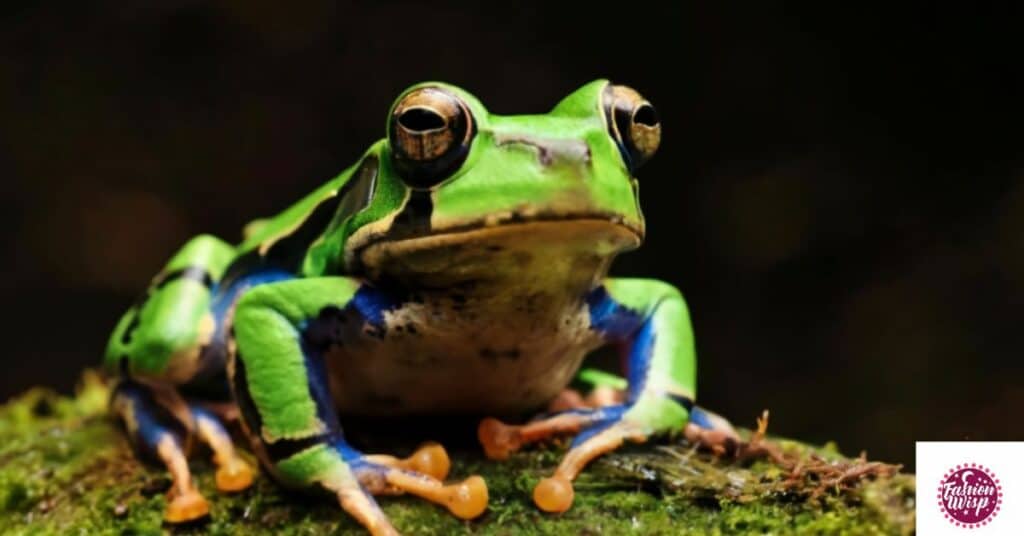
The President’s decision to put vegetables in his blender reflects a commitment to a healthy lifestyle and dietary choices. Incorporating vegetables into smoothies is a convenient way to consume nutrients and promote overall well-being. By blending vegetables, the President can easily incorporate them into his daily routine, ensuring he meets his nutritional needs while maintaining a busy schedule.
Blending vegetables allows for a versatile approach to meal preparation, offering endless combinations and flavors. Smoothies provide a quick and easy way to consume a variety of vegetables, making it convenient for the President to enjoy a nutritious diet on the go. Additionally, by including vegetables in his blender, the President sets an example of healthy eating habits for the public, encouraging others to prioritize their health and well-being.
Promoting Healthy Eating Habits: The President’s Approach
Promoting healthy eating habits is central to the President’s approach to nutrition. By blending vegetables into his diet, he sets a positive example for the public, emphasizing the importance of consuming nutrient-rich foods. This proactive stance on health underscores the President’s commitment to preventive healthcare and highlights the significance of dietary choices in maintaining overall well-being.
Convenience and Nutrition: Blending Vegetables for Busy Lifestyles
Blending vegetables for busy lifestyles seamlessly combines convenience and nutrition. It offers a quick and efficient way to consume essential nutrients amidst hectic schedules. This approach promotes overall health and well-being, allowing individuals to maintain a balanced diet even with demanding lifestyles.
Frequently Asked Question
Why is it important to eat vegetables?
Vegetables are rich in essential nutrients like vitamins, minerals, and fiber, which are vital for overall health and well-being.
How can I incorporate more vegetables into my diet?
You can add vegetables to your meals by including them in salads, soups, stir-fries, or smoothies, or simply enjoy them as snacks with hummus or yogurt dip.
What are the benefits of blending vegetables?
Blending vegetables allows you to consume a variety of nutrients in a convenient and easily digestible form, promoting better absorption and digestion.
Can I blend vegetables ahead of time and store them?
Yes, you can blend vegetables ahead of time and store them in airtight containers in the refrigerator for a few days, ensuring quick and easy access to healthy options th
Are there any vegetables that are better suited for blending?
Leafy greens like spinach, kale, and Swiss chard, as well as softer vegetables like cucumbers, tomatoes, and bell peppers, blend well and add a refreshing taste to your smoothies.
Final thoughts
Incorporating more vegetables into your diet through blending is a simple and effective way to boost your nutrition and overall health. Whether you’re leading a busy lifestyle or simply looking to enhance your dietary habits, blending vegetables offers convenience without compromising on taste or nutritional value.
By making vegetables a staple in your daily routine, you’re taking proactive steps towards improving your well-being and reducing the risk of chronic diseases. Remember, small changes can lead to significant long-term benefits, so don’t hesitate to experiment with different vegetable combinations and find what works best for you. Cheers to a healthier and more vibrant you.


